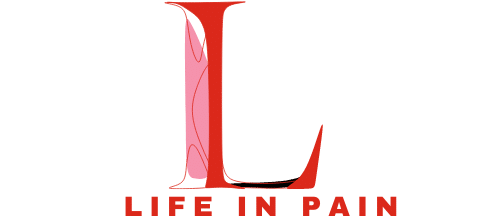lifeinpain
Automotive
Can the Strategic Use of Anti-Lag Systems in Turbocharged Engines Minimize Response Time Without Causing Damage?
February 8, 2024
When you’re behind the wheel, there’s nothing quite as satisfying as the feeling of raw power at your fingertips. This sensation is magnified when you’re...
Business
What Strategies Can Small Businesses Adopt for Effective Inventory Management in E-commerce?
February 8, 2024
Inventory management is a fundamental aspect of running a successful e-commerce business. For small businesses, especially, it remains a challenge to achieve effective inventory management...
Cooking
finance & real estate
What are the innovative financing solutions for real estate developers in emerging markets?
February 8, 2024
The real estate market is emblematic of the financial climate we currently face. As investors, you are continuously seeking innovative solutions to finance your projects...
health
Can Wearable Fitness Technology Motivate Increased Physical Activity in Older Adults?
February 8, 2024
When it comes to promoting physical activity and healthy living, wearable fitness technology has taken the center stage. These devices, often worn on the wrist...
What Role Does Gut Microbiota Diversity Play in Obesity Prevention?
February 8, 2024
In recent years, a growing body of research has highlighted the pivotal role that gut microbiota diversity plays within a plethora of critical health outcomes....
Can Mindful Consumption Practices Reduce Food Waste and Promote Sustainability?
February 8, 2024
In recent years, the negative impacts of food waste on the environment and society have brought the issue to the forefront of public consciousness. The...
home & living
How to Create an Artistic Focal Point in Your Home with a Mosaic Tile Wall Feature?
February 8, 2024
Creating an artistic mosaic tile wall feature is a unique and exciting way to elevate the aesthetic appeal of your home. The perfect blend of...
How to Design an Inviting Breakfast Nook with Bench Seating?
February 8, 2024
Tips for Organizing a Small Kitchen Without a Pantry?
February 8, 2024
News
What Is the Future of IoT in Personalized Shopping Experiences?
February 8, 2024
As we push further into the technological era, it is quite apparent that the future of retail lies in the intersection of digital and physical...
What Is the Future of IoT in Personalized Shopping Experiences?
February 8, 2024
What Are the Privacy Concerns with Household IoT Devices?
February 8, 2024
What Are the Latest Developments in IoT for Pet Care and Monitoring?
February 8, 2024
Pets
Sports
What Strategies Can Enhance Psychological Recovery After a Losing Streak in Team Sports?
February 8, 2024
Team sports require not just physical fitness but also mental strength. Sometimes, no matter how well teams prepare, they can be hit with a series...
Technology
What Is the Future of Personal Health and Fitness Tech in Promoting Wellness?
February 8, 2024
Technology has certainly made its mark in various sectors of our lives, and health and fitness is no exception. Whether it’s a wearable device keeping...
How Can Technology Enable More Efficient and Sustainable Urban Transit Systems?
February 8, 2024
As civic leaders seek solutions to the ever-growing issue of urban congestion, many have turned their gaze towards technology for answers. And why not? We...
What Are the Latest Developments in Brainwave-Controlled Devices for Accessibility?
February 8, 2024
Imagine a world where you don’t have to lift a finger to switch on the lights, operate your computer, or even drive your car. This...
woman / fashion
What Are the Best Ways to Incorporate the Pantone Color of the Year into Your Outfits?
February 8, 2024
Welcome, ladies! As we step into a new year, it’s time to revamp our wardrobe and add a splash of the Pantone Color of the...
Copyright 2024
